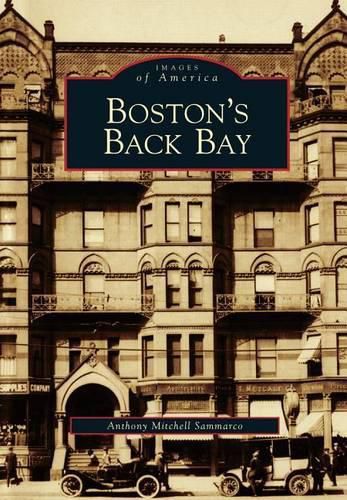Readings Newsletter
Become a Readings Member to make your shopping experience even easier.
Sign in or sign up for free!
You’re not far away from qualifying for FREE standard shipping within Australia
You’ve qualified for FREE standard shipping within Australia
The cart is loading…






One of the largest development projects in nineteenth-century America, Boston’s Back Bay was essentially a tidal basin until the construction of the Mill Dam (present-day Beacon Street) just after the War of 1812. By 1837, the area bounded by Charles, Boylston, Beacon, and Arlington Streets was filled in and laid out as the Public Garden, later the site of Boston’s famous swanboats. In the late 1850s, the massive infill of the Back Bay commenced, and the earth collected from the hills of Needham was deposited in the city’s west end for nearly four decades. As the new land began to reach Muddy River, the streets assumed a grid-like plan. The grand avenues eventually comprised Victorian Boston’s premier neighborhood, and became home to the most impressive religious, educational, and residential architecture in New England.
$9.00 standard shipping within Australia
FREE standard shipping within Australia for orders over $100.00
Express & International shipping calculated at checkout
One of the largest development projects in nineteenth-century America, Boston’s Back Bay was essentially a tidal basin until the construction of the Mill Dam (present-day Beacon Street) just after the War of 1812. By 1837, the area bounded by Charles, Boylston, Beacon, and Arlington Streets was filled in and laid out as the Public Garden, later the site of Boston’s famous swanboats. In the late 1850s, the massive infill of the Back Bay commenced, and the earth collected from the hills of Needham was deposited in the city’s west end for nearly four decades. As the new land began to reach Muddy River, the streets assumed a grid-like plan. The grand avenues eventually comprised Victorian Boston’s premier neighborhood, and became home to the most impressive religious, educational, and residential architecture in New England.